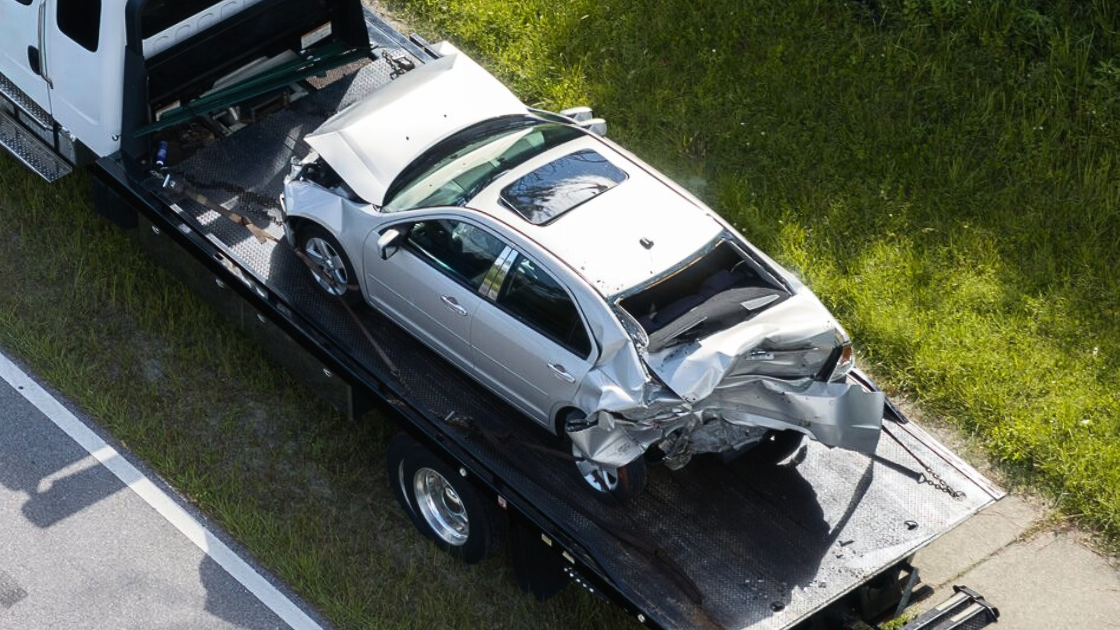
Presented by:
Hey everyone,
If you haven’t heard yet, CDG Circles is here!
These modern peer groups for dealers are fully confidential private chats, where operators share the real insights that move business forward.
The car market has gotten more complex, but no dealer should have to figure it out alone.
Welcome to the CDG Fixed Ops Pulse—an inside look at what’s really happening in the dealership service drive and how top operators are adapting in real time.

The fixed ops department (aka the dealership’s service and parts center) is one of the main “profit engines” for just about every franchise car dealer.
But new data is revealing small inefficiencies that are quietly draining power. In fact, dealerships have lost 12% of their service visits to the competition since 2018, according to Cox Auto.
The obvious impact to dealers is less business in the service lane. But the missed opportunities to keep previous customers in future sales cycles is just as harmful.
We spoke with several dealers, analysts, and fixed ops leaders to pinpoint the habits that are separating top performers from the rest of the pack. Here’s what we learned…

Phone delays are chipping away at service retention.
Service customers are put on hold about 25% of the time, and on average, they wait over nine minutes, a full minute more than last year, according to CDK Global.
And the reasons why range from a lack of staff training/accountability, personnel shortages, and other operational missteps.
But the problem is, more than 60% of service appointments are still made by phone, and when calls aren’t answered quickly, dealers run the risk of those customers defecting.

The fix: Some dealers regularly pull 30-day phone logs to analyze answer rates, hold times, and time-of-day spikes. These insights allow them to identify bottlenecks and adjust quickly.
But Tully Williams, service and parts director for the Niello Company, is not leaving anything up to chance. He installed cameras fixed on the service area so Business Development Center (BDC) staff can tell callers whether or not their advisor is available.
“When we tell customers why their call isn’t answered, they understand,” he said.
That’s the key. A simple explanation goes a long way.

Converting more recall notices into store visits is vital.
11% of customers skip recall work, either because they don’t think it’s necessary, don’t want to spend the time, or fear an out-of-pocket expense.
But that means, dealers are potentially missing out on generating more guaranteed revenue and reestablishing relationships with customers (that support future sales cycles).
To tap into this “low-hanging fruit,” many dealers build recall lists by pulling VINs from OEM portals, or they use third-party vendors to track recall opportunities.
And while some dealers rely on emails, postcards or other communication to notify owners, Williams has his BDC staff call every single recall customer.
“You can send postcards and emails all day, but talking human-to-human is better. Humans are better than AI,” he told us.
But Noah Dresner, fixed ops director for Findlay Automotive Group, says their stores blend automation with personal touch.
“We export recall lists, then our BDC calls or texts customers: ‘This can be done at no cost to you, no appointment necessary.’ It’s simple, clear communication that brings people back,” he explained.
A quick word from our partner
Turn everyday dealership life into content that drives sales.
Your team, your lot, your deals—that’s the content.
Nomad Content Studio handles it all: strategy, filming, clipping, captioning, posting.
You don’t have to do anything. Full service. Set it and forget it.
It even works for vendors and creators who travel to dealerships—building brand while doing your day job.
→ Curious? Book a quick call—we’re slowly opening this up to more dealers.

Williams says most service departments lose profit not because of lack of customers—but because they don’t measure performance daily.
“If you’re not measuring it daily, you’re losing [repair orders] ROs daily,” he said.

Tully Williams
So, his stores make accountability visual. Each advisor’s call-answer rate, CSI score, and appointment conversion is posted on a public board.
“When you see your name in red, you fix it fast,” Williams said.
Enough said.
To back it up, he runs five-minute morning huddles to review yesterday’s mistakes and celebrate quick wins.
“Our advisors know exactly where they stand every day,” he said. “That’s what keeps the phones answered and the lanes full.”

All the strategy in the world won’t matter if customers are sitting in a tired waiting lounge with stale coffee and no Wi-Fi.
So, before diving into AI-driven recall notices or new tech layers, it might be worth revisiting the basics (i.e. a clean, comfortable space with room to work and relax).
Because at the end of the day, atmosphere still matters as much as automation.

The latest updates to CDG’s Recall Tracker.














